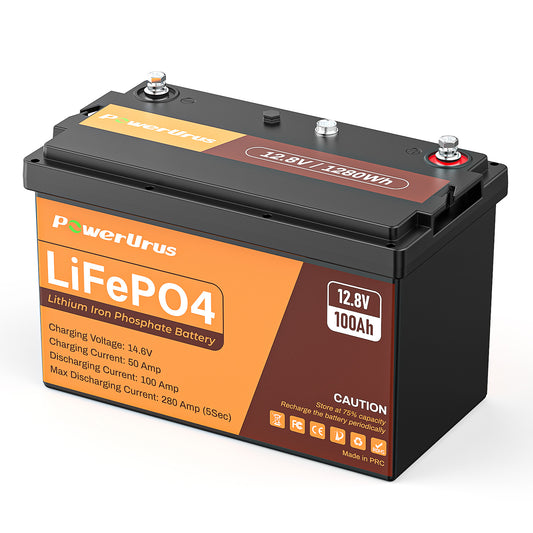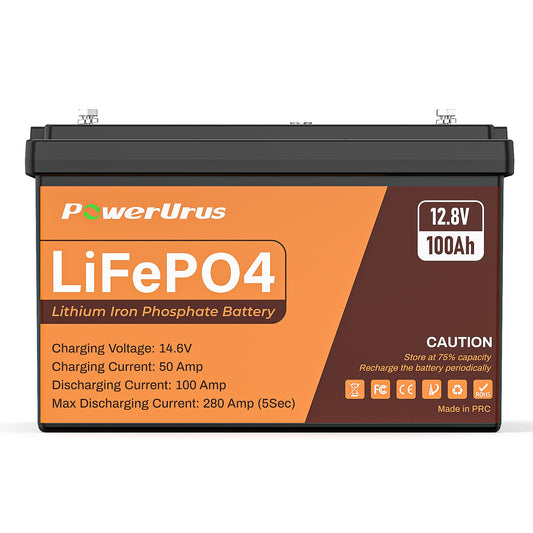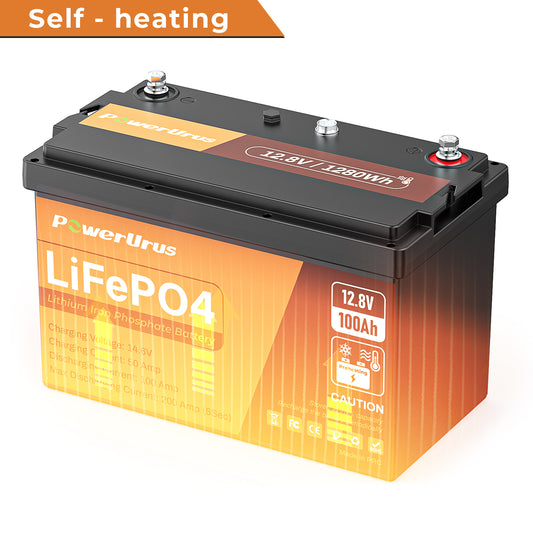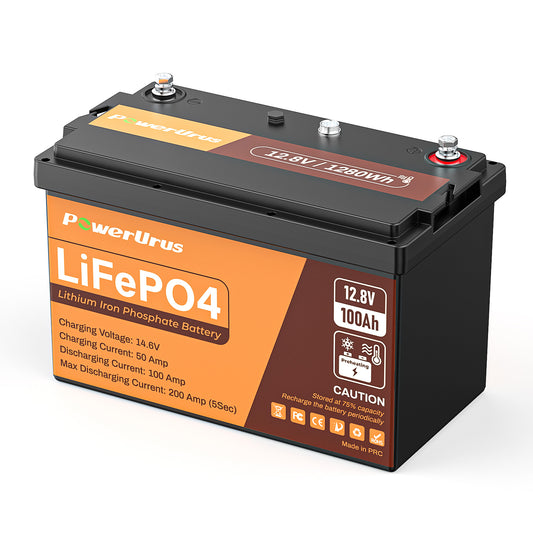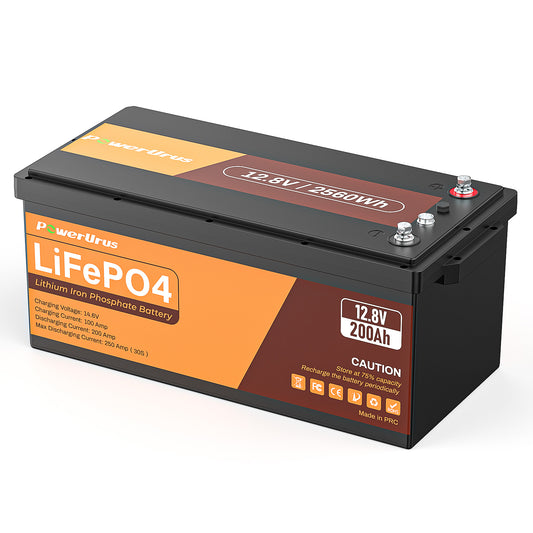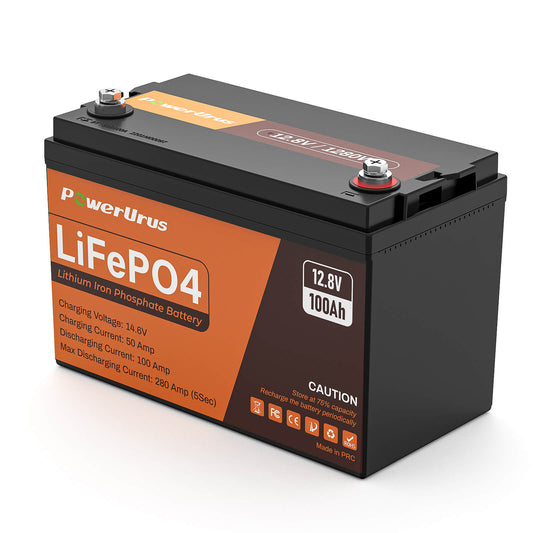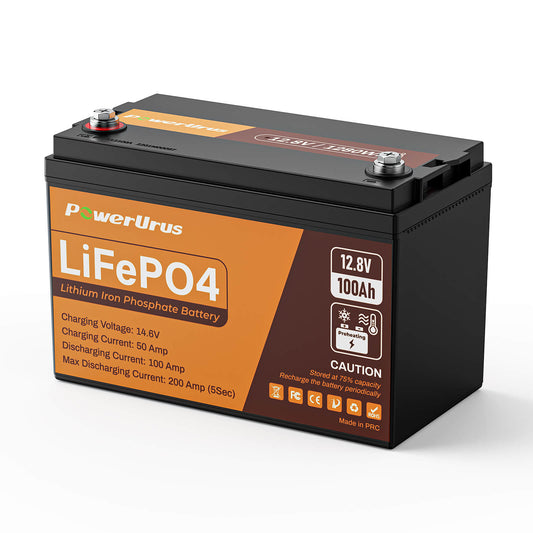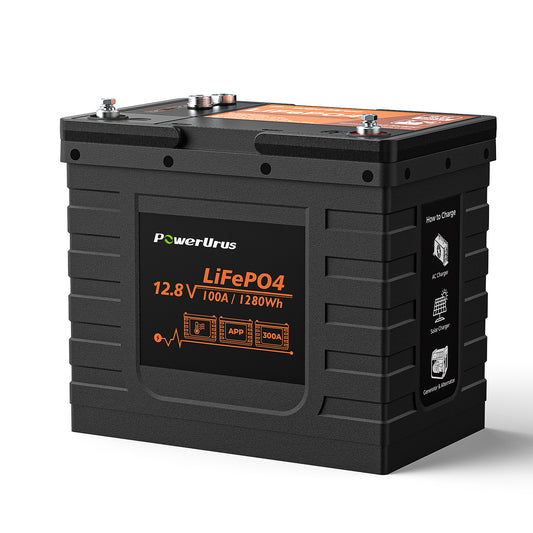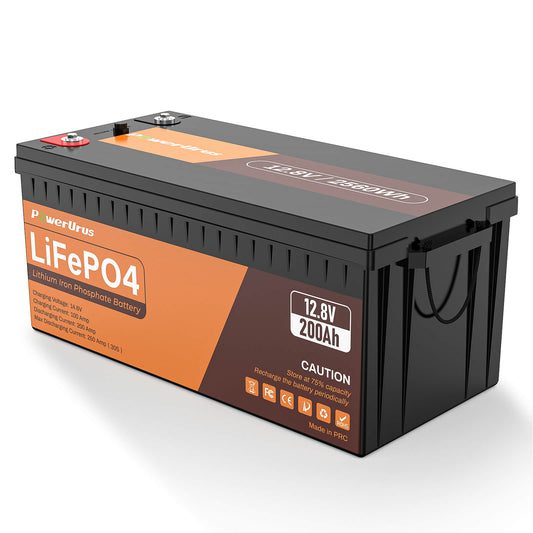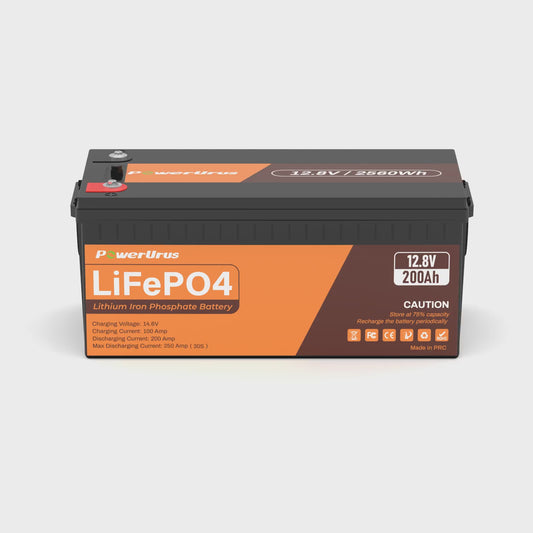Understanding 48V LiFePO4 Battery Runtime with Peukert’s Law (Simplified Guide)
When investing in a 48V LiFePO4 battery system, accurately predicting runtime is crucial for applications like solar storage, RV power, or off-grid setups. Traditional calculations often fall short because they overlook a critical factor: Peukert’s Law. In this guide, we’ll simplify Peukert’s Law and demonstrate how it impacts real-world performance for 48V lithium batteries.
What Is Peukert’s Law?
Peukert’s Law explains how a battery’s usable capacity decreases as the discharge rate increases. While lead-acid batteries suffer significantly from this effect, LiFePO4 chemistry minimizes losses, making it ideal for high-demand systems. The simplified formula is:
Runtime =(Capacity (Ah)/ Discharge Current (A) )×k
Here, k (Peukert’s exponent) is closer to 1 for LiFePO4 vs. ~1.3 for lead-acid. For example, a 48V 100Ah LiFePO4 battery at a 50A load might deliver:
50/100×1.05=2.1 hours
Why 48V LiFePO4 Batteries Shine
Higher voltage systems like 48V inherently reduce current draw, further mitigating Peukert losses. Paired with lithium’s flat discharge curve, users enjoy longer stable runtime for inverters or motor-driven equipment.
Practical Tips for Accurate Runtime Estimation
Use Manufacturer Data:Check your battery’s Peukert exponent (typically 1.02–1.05 for LiFePO4).
Monitor Loads:Reduce peak currents with load management tools.
Optimize Voltage: Match your system voltage (e.g., 48V) to your equipment to minimize current.
At Powerurus, our 48V LiFePO4 batteries are engineered for low Peukert losses, ensuring predictable runtime for critical applications. Explore our 48V battery lineup for specs tailored to solar, marine, and industrial use.

